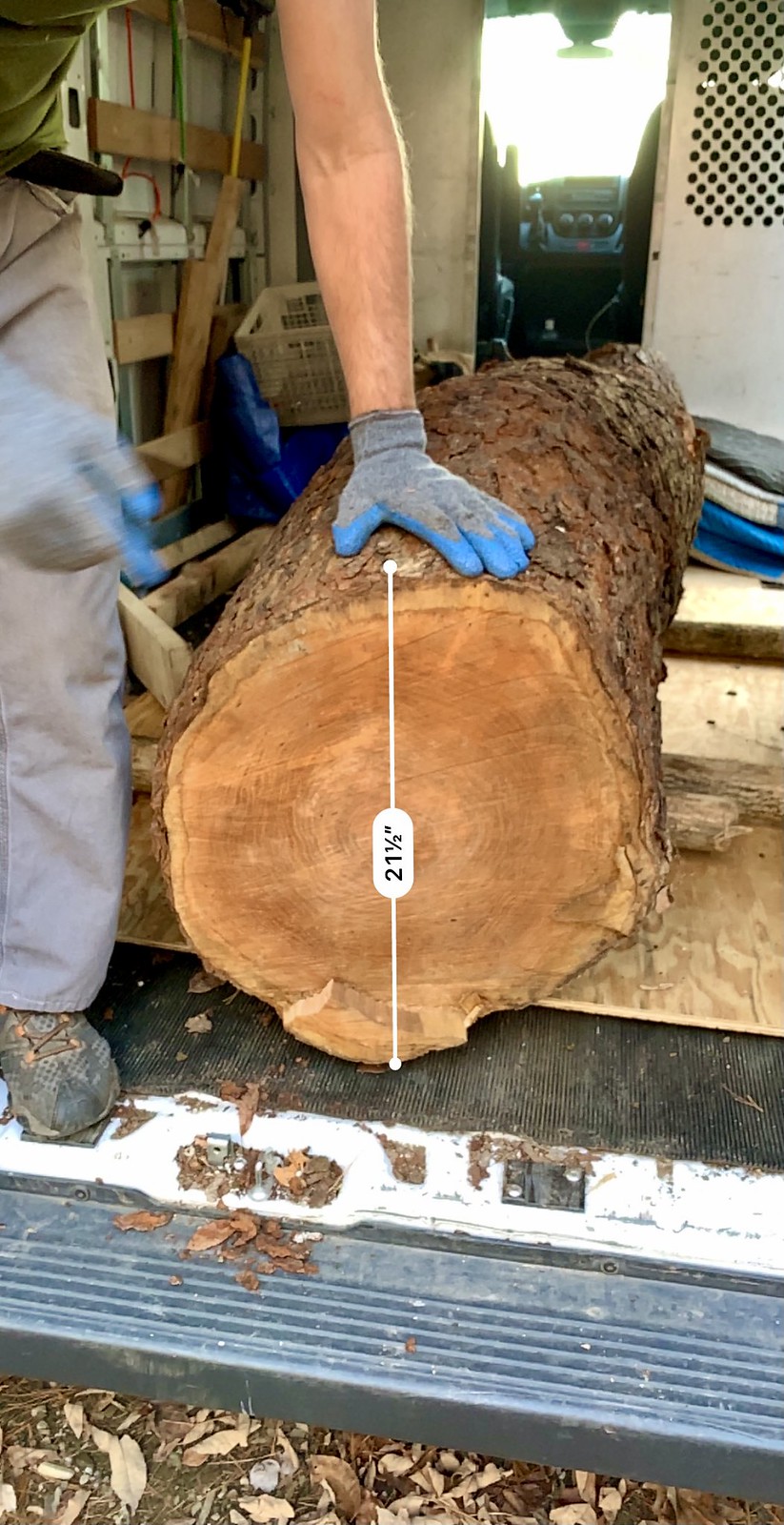 Re: Wood Stoves
Re: Wood Stoves

Originally Posted by
lumpy

That article didn't pass my sniff test. Just because there are combustion air systems that don't work correctly doesn't mean the whole concept is wrong. One, be sure to account for wind when you locate the inlet. And two, almost every natural-draft system I've seen is undersized.
Building code specifies combustion air sources for fuel-burning appliances. For something the size of a medium/large wood stove (50,000 Btu/hr) you'd need to provide 2000 cfm from the room. That would be one big and leaky-as-feck room, given that a range hood should draw 250 to 400 cfm. And we rightfully worry about that backdrafting stuff.
If your room isn't big enough or leaky enough to provide that, code requires two ducts (one low and one high) with a cross-section of 25 sq.in. (6" diameter) each. If you have openings direct through an outside wall, these can be half the size, 12.5 sq.in. or 4" diameter.
Or you can power vent the combustion air, 17 cfm. That airflow is less than half a bathroom exhaust fan, and a 3" diameter duct.
The code has evolved around appliances that burn oil or gas, because carbon monoxide is bad. Granted, a wood stove will smoke you out before it knocks you out, but I don't see why you should treat it differently just because you can.
Disclaimer: I'm quoting code numbers from memory and that's bad practice but hey this is a bike blog and I'm not billing anybody for this time.
Trod Harland, Pickle Expediter
Not everything that is faced can be changed, but nothing can be changed until it is faced. — James Baldwin


 Likes:
Likes: 



 Reply With Quote
Reply With Quote













Bookmarks